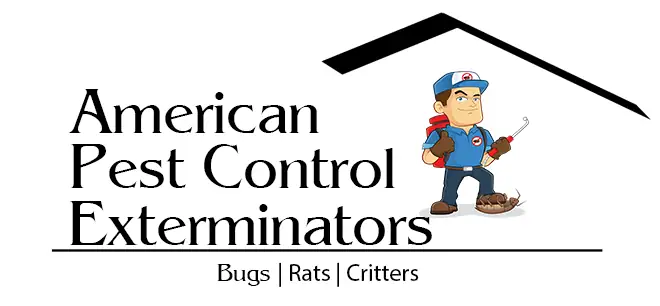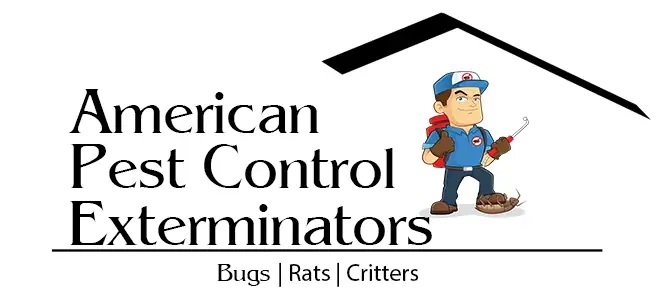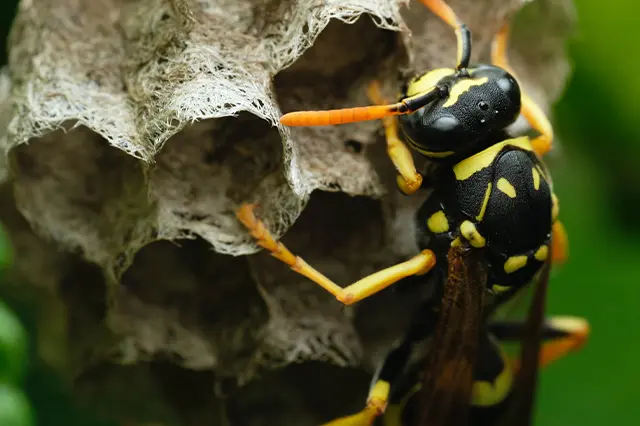
The Pros and Cons of Different Wasp Control Methods
Wasps are one of nature’s most persistent pests. Not only can they be a nuisance, but they can also cause serious damage to homes and businesses if left unchecked. If you’re looking for an effective way to get rid of wasps, you’ll need to consider the various strategies available. In this blog post, we’ll discuss the pros and cons of different wasp control methods so that you can make an informed decision about which is best for your needs. Whether you choose a chemical approach or a more natural solution, understanding the advantages and disadvantages of each will help ensure that you select the right solution for your situation.
What are wasps?
Wasps are a type of flying insect that is closely related to bees. There are many different species of wasps, and they can be found all over the world. Wasps are known for their ability to sting, and some species can be quite aggressive. Wasps are often considered pests because they can build nests near humans and cause problems.
There are a few different methods that can be used to control wasps. One method is to use wasp traps. These traps lure wasps into them with a sweet bait, and then the wasps are unable to escape. Another method is to use chemicals that kill wasps. However, these chemicals can also be harmful to people and the environment, so they should be used with caution.
The Different Types of Wasp Control Methods
There are many different methods that can be used to control wasps. Some methods are more effective than others, and some have more pros and cons than others. Here is a look at some of the most popular wasp control methods:
1. Chemical Sprays: Chemical sprays are one of the most popular wasp control methods. They are typically very effective at killing wasps, but they can also be dangerous to humans and pets if not used correctly. Make sure to read the directions carefully before using any chemical spray products.
2. Wasp Traps: Wasp traps can be purchased or made at home. They work by luring wasps into the trap with bait, then trapping them inside so they cannot escape. This is a safe and effective way to reduce the number of wasps in your area, but it will not completely eliminate them.
3. Natural Repellents: There are several natural repellents that can be used to keep wasps away from your home. Citrus fruits, vinegar, and mint are all known to repel wasps. You can use these items alone or in combination with each other to create a repellent solution that works for you.
4. Physical Removal: If you have a small problem with wasps, you may be able to physically remove them yourself using a vacuum cleaner or broom. This method is not recommended for large infestations, as it is difficult to remove all of the Wasps this way.
5. Professional Extermination: If you have a large infestation of wasps, it may be best to call in a professional exterminator. They will be able to provide the most effective treatment for your specific situation and can help ensure that all of the Wasps are removed from your home.
Pros and Cons of Different Wasp Control Methods
There are a variety of wasp control methods available, each with its own set of pros and cons. Here are some of the most popular methods:
–Trapping: Trapping is one of the most effective ways to control wasps. It involves placing a trap near wasp nesting sites. The trap then attracts and captures the wasps, preventing them from entering your home or property. However, traps can be expensive and may need to be replaced frequently.
–Spraying: Spraying insecticide around your home or property can kill Wasps on contact. However, this method is not always effective as Wasps can simply avoid the sprayed areas. In addition, spraying insecticide can be harmful to humans and animals if not used properly.
–Natural Repellents: There are a number of natural repellents that can keep Wasps away from your home or property. Citronella oil is one of the most effective natural repellents. However, natural repellents may need to be reapplied frequently and may not be as effective in very large areas.
What is the Best Wasp Control Method?
There are a few different ways that you can go about wasp control, each with its own set of pros and cons. Here is a look at some of the most popular methods:
1. Trapping: One popular method of wasp control is trapping. This involves setting out traps baited with sweet food or drink to attract the wasps. Once they enter the trap, they can’t escape and will eventually die. The main advantage of this method is that it is relatively safe and easy to do yourself. However, it can be time-consuming and you will need to empty the traps regularly.
2. Pesticides: Another option for wasp control is to use pesticides. These are chemicals that will kill wasps on contact. They are usually available in aerosol cans or spray bottles and can be applied directly to wasps’ nests. The main advantage of this method is that it is very effective at killing wasps. However, it can be dangerous to use pesticides if you don’t follow the instructions carefully, and it may also be harmful to other animals and plants in your yard.
3. Physical removal: If you don’t want to use traps or pesticides, you can try physically removing the wasps’ nest yourself. This can be done by using a long pole or brush to knock down the nest, or by vacuuming it up with a powerful vacuum cleaner (make sure to seal off the opening afterwards). The advantage of this method is that it is relatively safe and easy to do. However, you may need to wear protective clothing to avoid getting stung, and it can be difficult to remove nests from certain areas.
No matter which method you choose, it’s important to remember that wasp control is best done as a preventative measure, rather than after the fact. Regularly inspect your yard for wasps’ nests and take steps to eliminate potential nesting sites before the wasps move in.
How to Get Rid of Wasps
If you’re dealing with a wasp problem, you have a few different options for getting rid of them. You can try traps, sprays, or even diatomaceous earth.
Traps are a popular option because they’re relatively easy to use and don’t require any special equipment. You can purchase wasp traps at most hardware stores, or you can make your own using a plastic bottle and some sugar water.
To use a trap, simply place it near the area where the wasps are congregating. The wasps will be attracted to the sugar water and will enter the trap, where they will be unable to escape.
Sprays are another popular option for getting rid of wasps. There are many different types of sprays available, but most of them work in a similar way. Simply spray the area where the wasps are active and they will eventually die off.
Diatomaceous earth is a less common option for getting rid of wasps, but it can be effective if used correctly. This substance is made from fossilized algae and works by absorbing the oils from the wasp’s exoskeleton. This process dehydrates and kills the wasp.
Conclusion
Wasp control can be a tricky process and it is important to weigh the pros and cons of each method before deciding on the best course of action. Whether you choose trapping, poisoning or physical removal of wasps, it is essential to take safety precautions and use caution when dealing with these pests. By understanding what kind of wasp problem you have and researching the safest methods for controlling them, you can rest assured that your home will remain pest-free for years to come.

